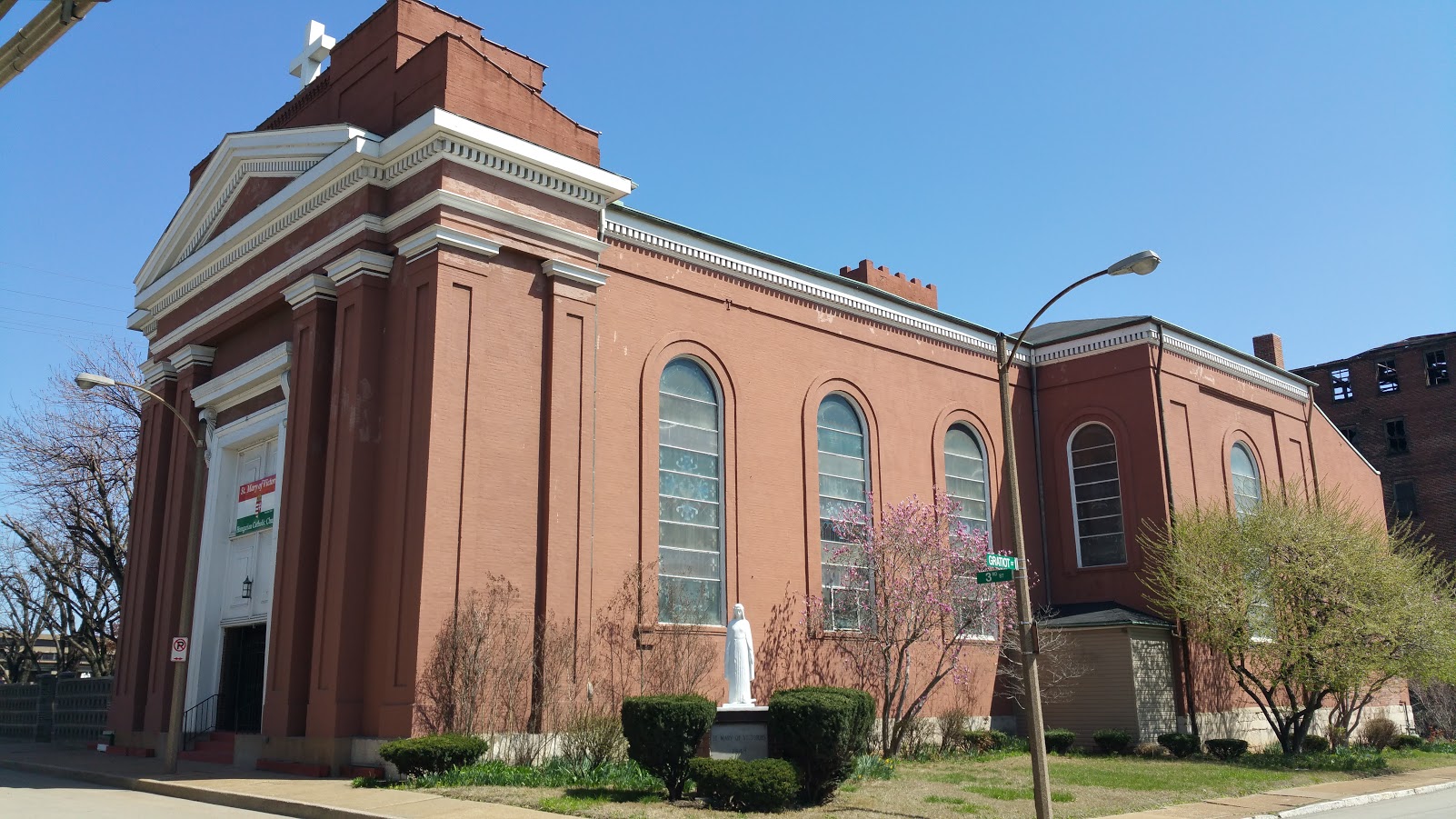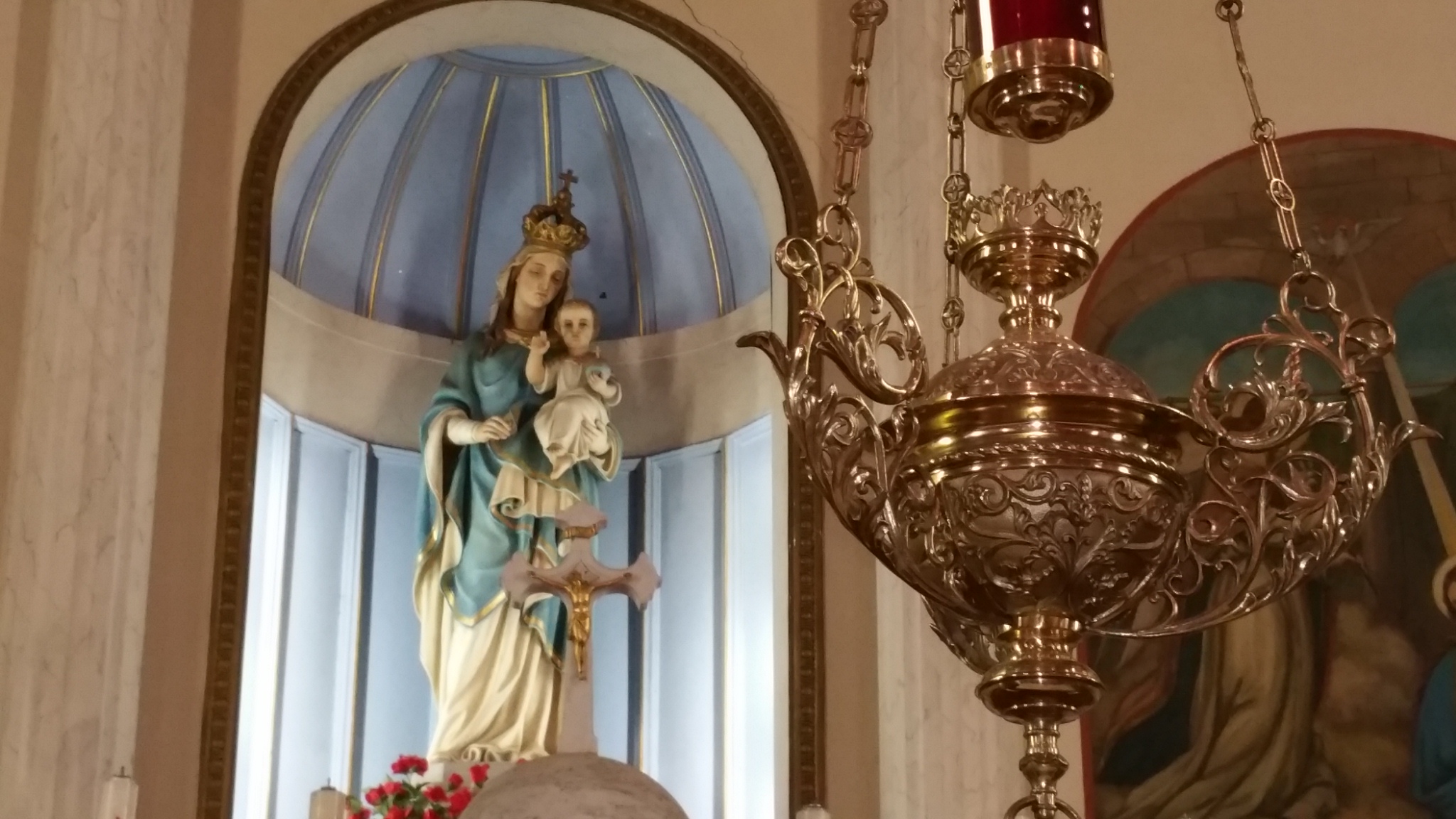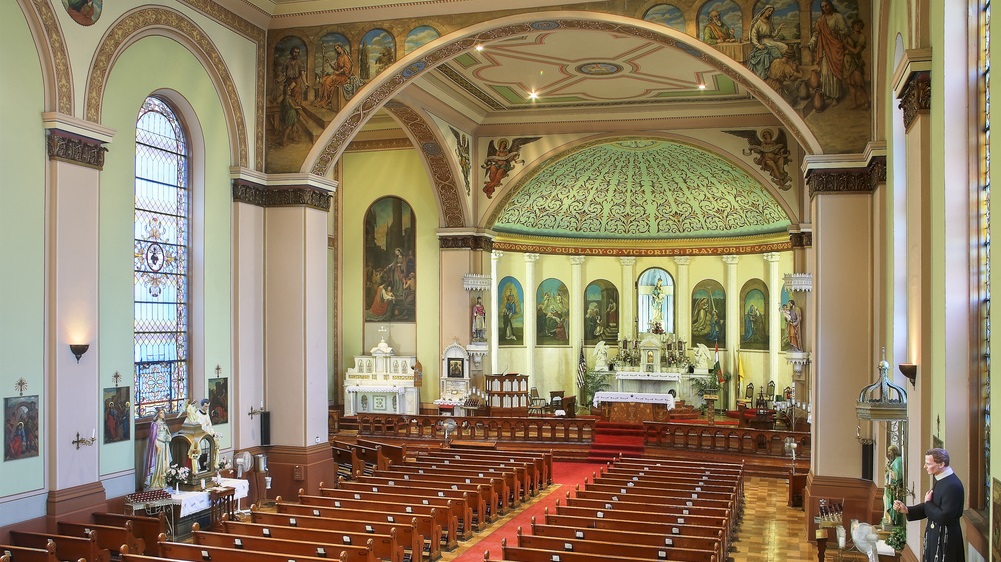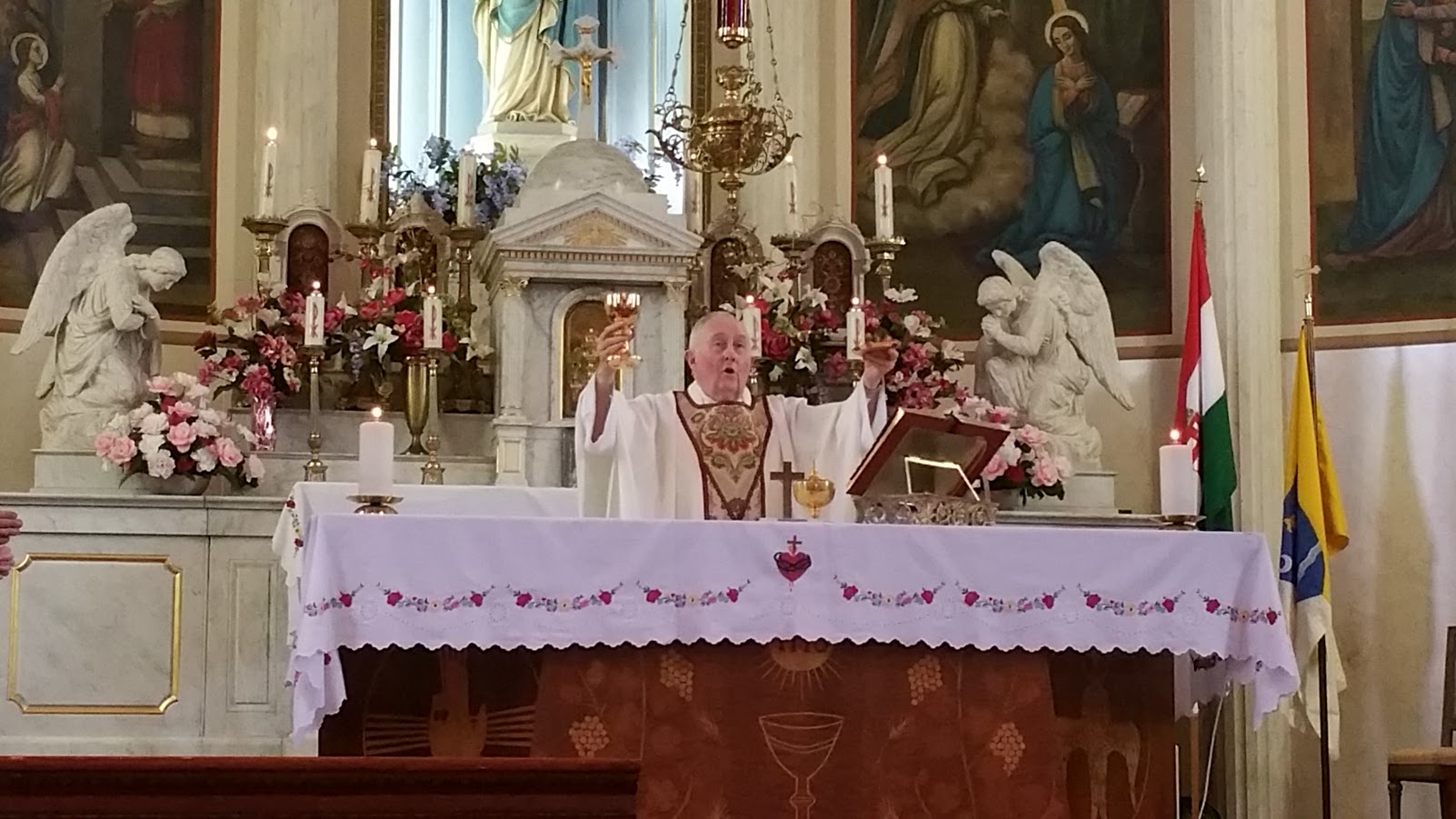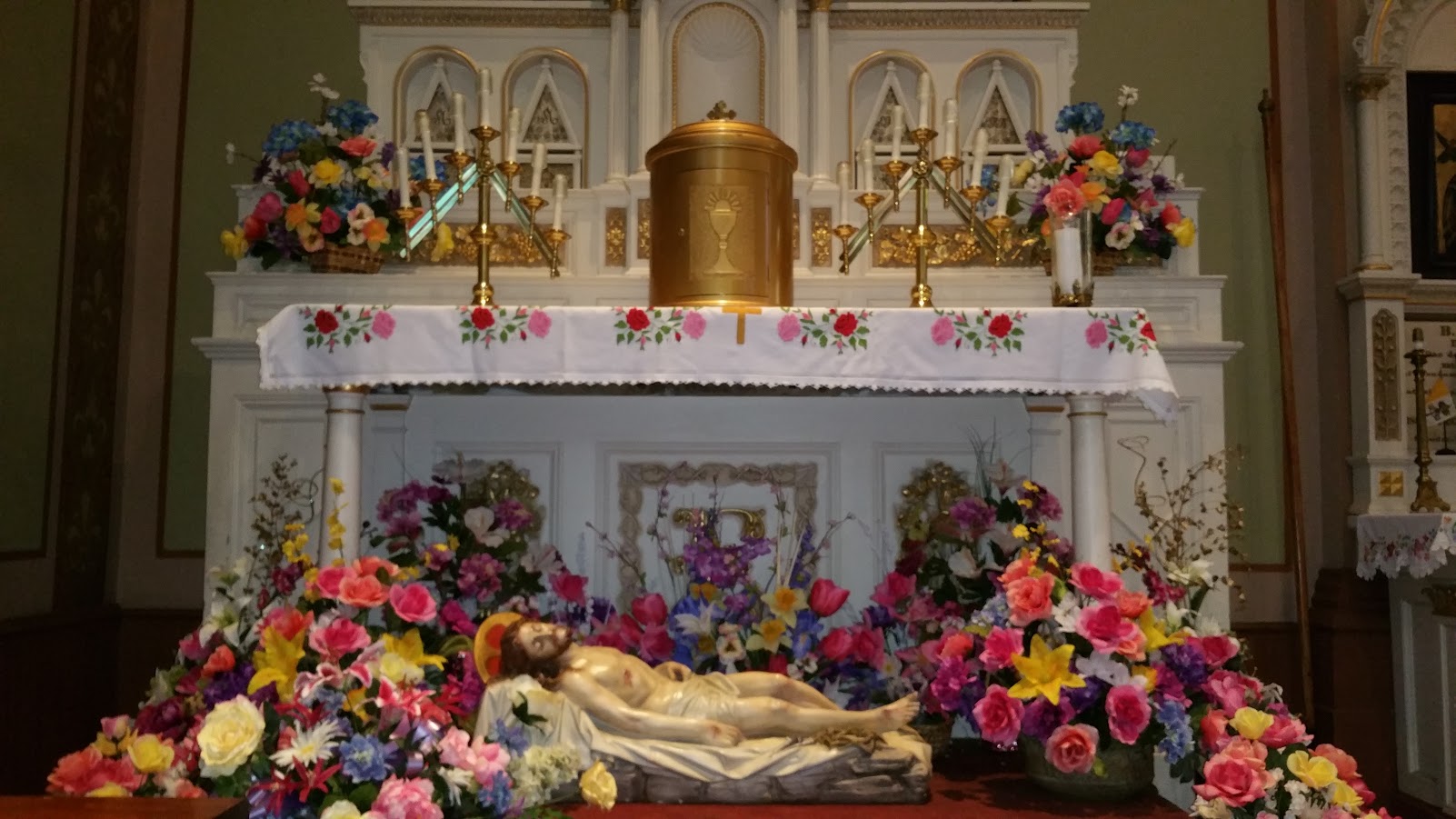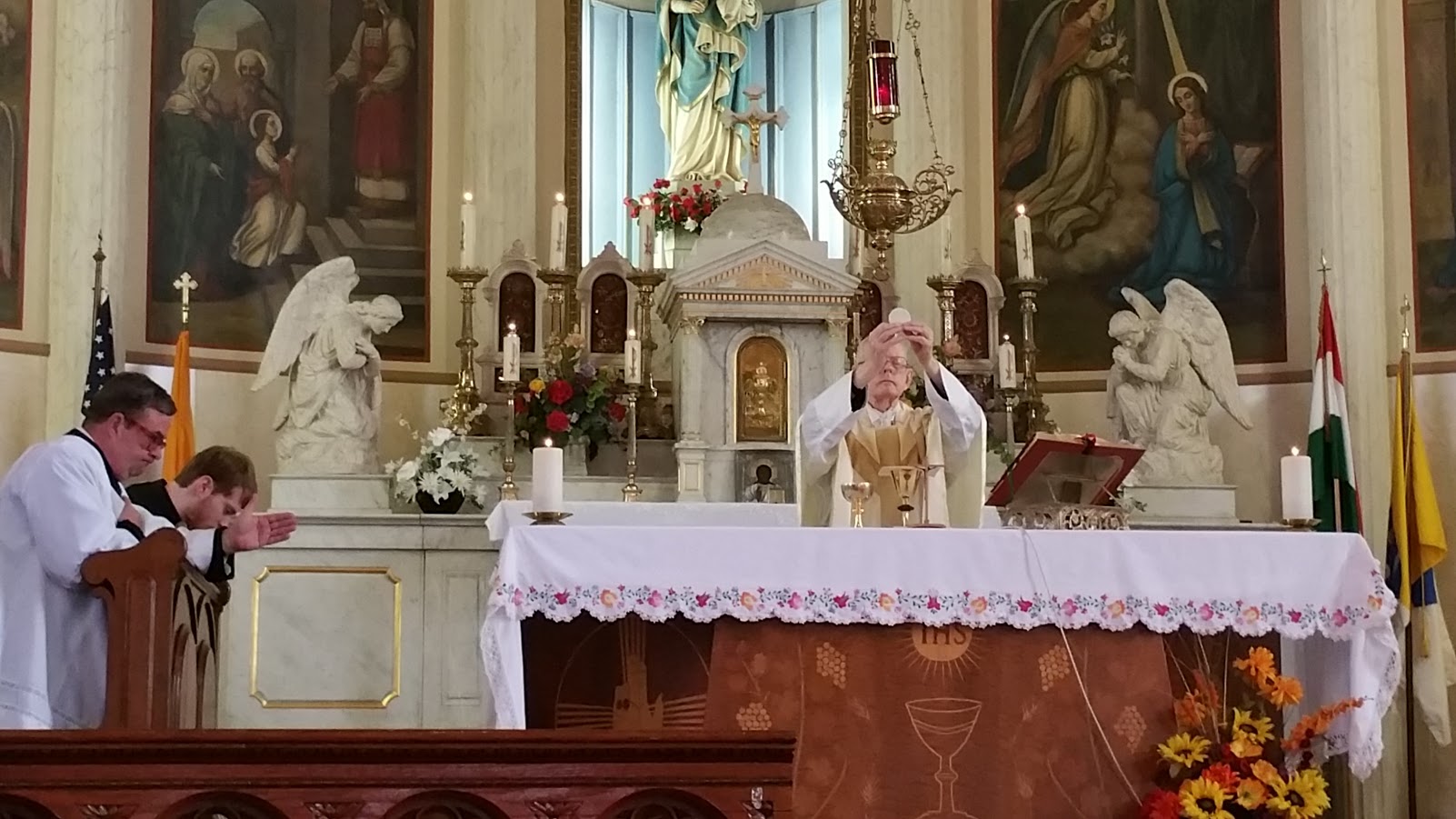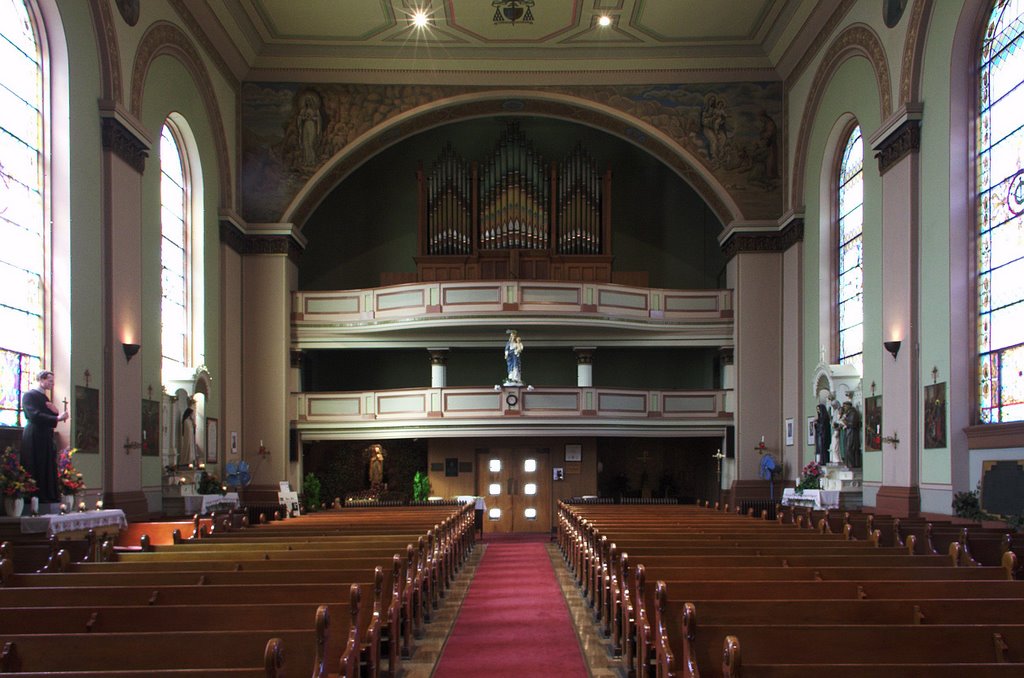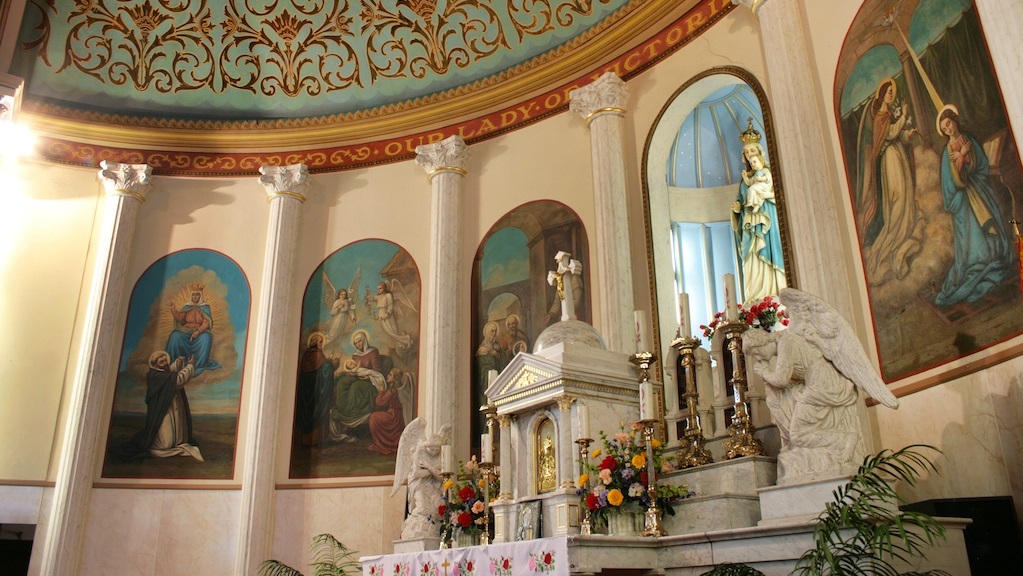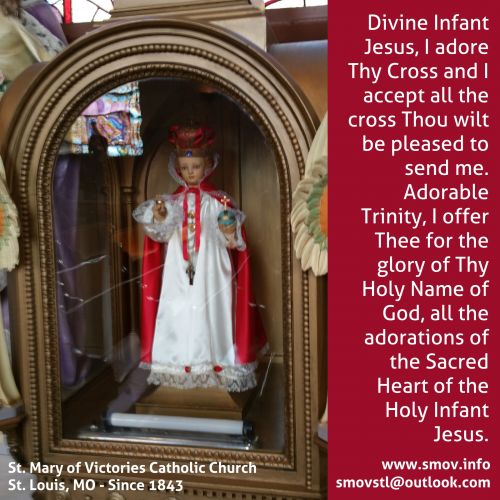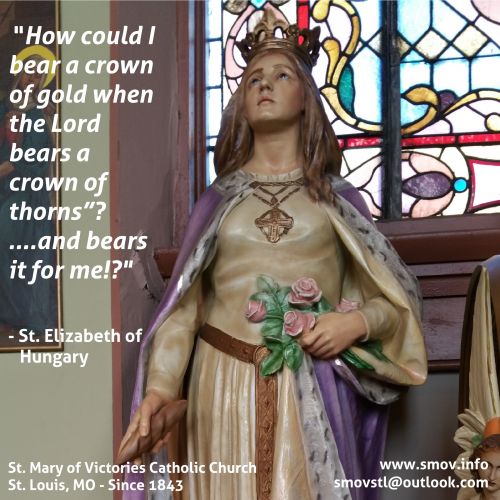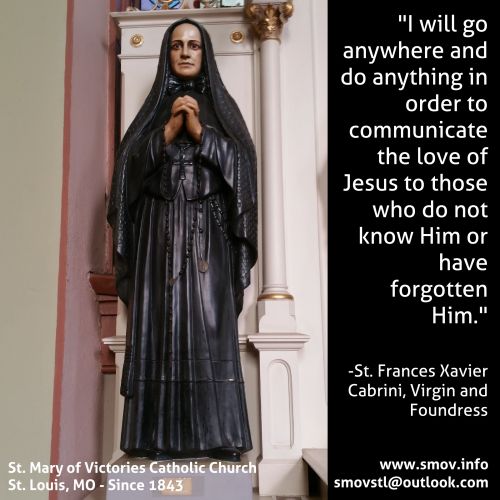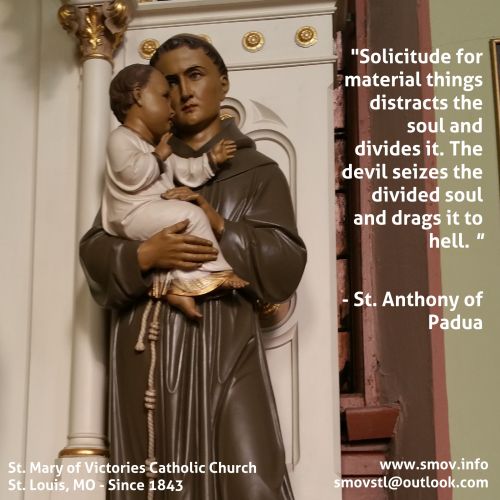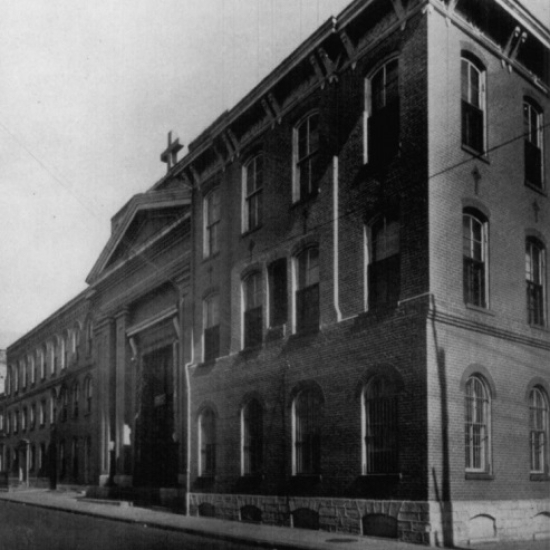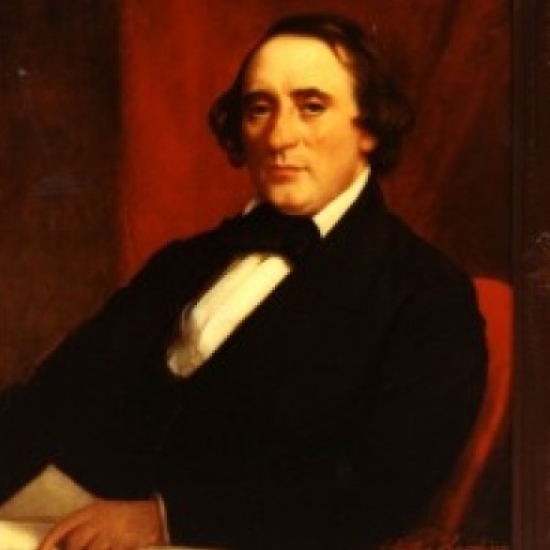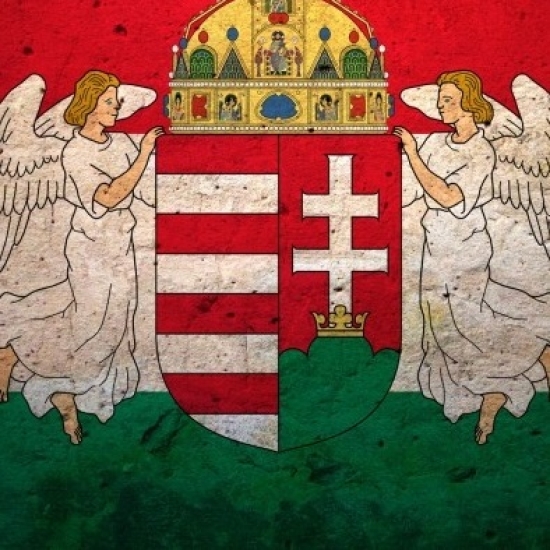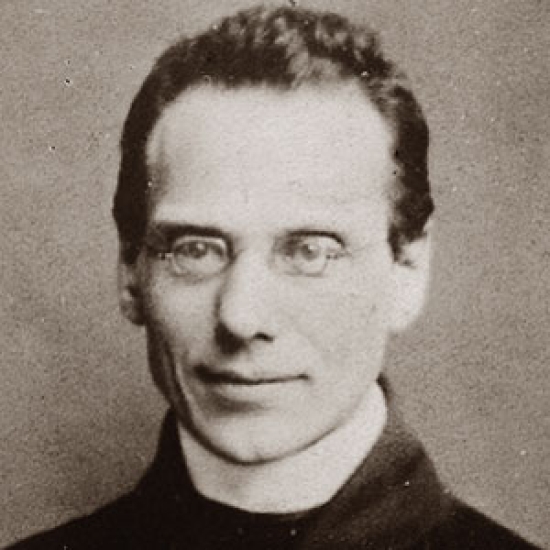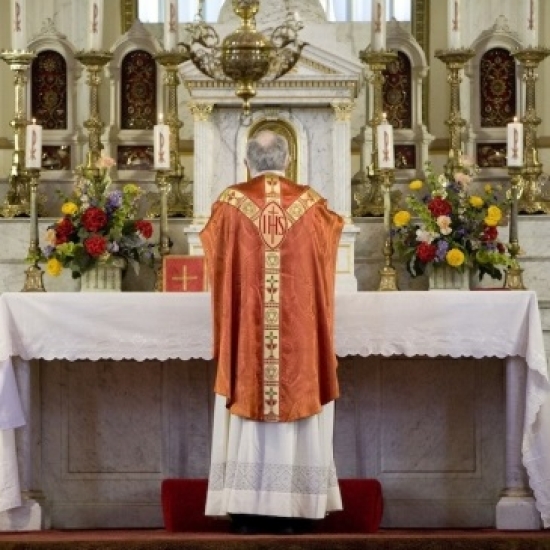23 November 2014, Christ the King (Year A)
Introit: Dignus est agnus, begin on D (as mi)
Offertory: Crown him with many crowns, p. 214, begin on D
Communion (Year A): Amen dico vobis: quod uni, begin on D (as re)
Post Communion: Christus Vincit, from The Parish Book of Chant, page 93. (Begin on G.)
Recessional: To Jesus Christ our sovereign King, p. 220, begin on C
Mass XI, PBC p. 58. Credo III, PBC p. 77
When this feast was instituted by Pope Pius XI in 1925, the melodies for the propers were adapted from other chants in the Graduale Romanum. Since Epiphany was considered the original feast of Christ the King, most of the melodies were adapted from that formulary. However, the Introit takes most of its melody from the Introit Dum sanctificatus fuero, which is sung in the fourth week of Lent and in the 1974 Graduale is also an option for the Vigil of Pentecost, and the ending from the Introit Timete Dominum (Mass for SS. Cyriacus, Largus & Smaragdus on 8 Aug). It has two phrases:
- Dignus est Agnus, qui occisus est, accipere virtutem, et divinitatem et sapientiam, et fortitudinem, et honorem.
- Ipsi gloria et imperium in saecula saeculorum.
This antiphon is long enough that we won't need to repeat the antiphon between the psalm verse and the GP. We will break at the half bars - but not the quarter bars - which will mean finding a place to steal a breath in that long bit at the end of the first phrase, et sapientiam et fortitudinem et honorem.
When heaven celebrates the feasts of its God, nothing is lacking, everything is perfect. There the homage of hearts entirely submissive becomes the homage of adoration and praise of an infinite Being and the glorification of a deed which God alone was able to perform. Apocalypse 5:12 and 1:6 speak of this homage, this adoration, this praise. Ten thousand times ten thousand angels pay their respects, crying with a loud voice: 'The Lamb that was slain is worthy to receive power and divinity and wisdom and strength and honor.' Christ the Lamb has earned this honor because He was slain. No one has ever been so humiliated, no one has ever borne sorrow so great and deep, as the Lamb of God in His voluntary sacrificial death. For all this torture, pain, derision, and contempt, the hosts of heaven now sing a pean of glory to the Lamb, a song that will resound unto endless ages. It is directed to Him whom the Father has appointed absolute ruler, to the Son of the King, to the Son of God, to whom He has entrusted all judgment. Today, in the Introit of the Mass, the entire earth may also join in this song.
The melody chosen has a festal ring; but it is dominated by a guarded reverence, at least in its first phrase, which prefers seconds and thirds. Only in the second phrase, in which greater power is also discerned in the text, are the intervals extended to a thrice-repeated fourth. Here the melody for the first time becomes impressive. Much of this melody is based on the Introit Dum sanctificatus fuero, sung on the Wednesday after the fourth Sunday in Lent (EF; OF, alternate for Pentecost Vigil), which announces to those to be baptized their cleansing through the pouring of clean water and the gift of a new Spirit. Small variations result from the different length, accent, and meaning of the text; thus the stressing of Dignus and imperium. The significant occisus est is fittingly brought to the fore; if divinitatem bears a similar melody, this may serve to remind us that the Lamb of God receives these honors precisely because He has gone to a sacrificial death. With Ipsi gloria the rendition ought to be more lively and festal. The original reaches its summit at mundabimini—"you shall be cleansed." On account of today's short text, the melody of the final phrase of the original—over et dabo vobis spiritum novum—is wanting; in place of it we find over saeculorum the closing cadence of the Introit of the feast of SS. Cyriacus, Largus, and Smaragdus (EF, 8 August).
(Year A) The Communion antiphon for year A is not part of the original formulary for Christ the King, but was assigned in the 1974 Graduale for year A to reflect the Gospel reading in the 3-year Lectionary. It is taken from the formulary for Monday of the first week of Lent (same is both forms). It has three phrases.
- (a) Amen dico vobis:
(b) quod uni ex minimis meis fecistis, mihi fecistis - venite benedicti Patris mei
- possidete praeparatum vobis regnum ab initio saeculi.
We will break the phrases as indicated in the printed melody - i.e., at the half bars - with one exception: no break between regnum and ab in the last phrase.
